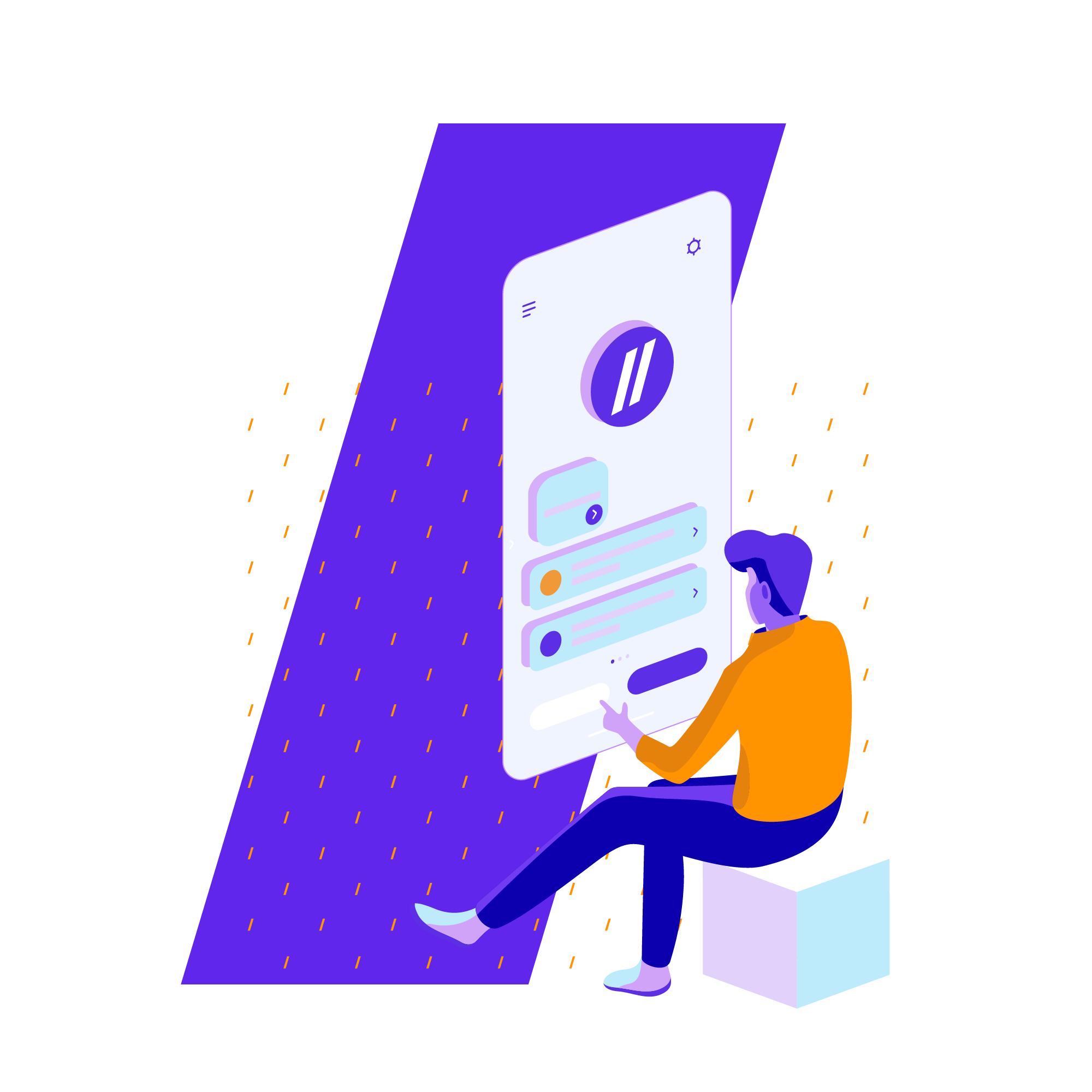VPAT Services
Validate your digital product or software accessibility and compliance with a completed Voluntary Product Accessibility Template (VPAT)—or Accessibility Conformance Report (ACR).
Documented Accessibility.
A VPAT, or Voluntary Product Accessibility Template—outlines an accurate state of accessibility for a digital product or software and can be used as a roadmap to make improvements. When it’s completed, the VPAT is called an Accessibility Conformance Report (ACR). And because accessibility is increasingly a legal mandate, organizations that buy and integrate third-party products are now making VPATs / ACRs a fundamental requirement of their RFP and procurement processes.
If you have proof your digital product meets accessibility and compliance standards, your organization has a competitive advantage. But the VPAT is just the beginning.
Allyant’s VPAT / ACR services will not only help you secure new business with new buyers, but it will also set in motion your ongoing commitment to accessibility.
Request a VPATTwo-Step Auditing Process.
The VPAT is a template, and there are different versions of the template based on your specific use case. We start our VPAT Services process by ensuring you’re using the correct VPAT edition and version based on applicable laws and standards. We create a customized testing plan that will achieve your organizational needs. And then we audit your digital product or software according to applicable standards—whether the Web Content Accessibility Guideline (WCAG) or Europe’s EN 301 549.
Our VPAT audit is a two-step process. An expert accessibility engineer manually evaluates your product or software, flagging any accessibility issues.
We then add a second layer of review conducted by native assistive technology (AT) users—ensuring we’ve captured any issue that may be compromising usability.
We then deliver to you a fully accessible ACR—or completed VPAT—to publicly share or show your buyers.
Or, if you have accessibility issues to correct, we’ll work with you to correct them, and we provide you an updated VPAT / ACR in real time to reflect the most updated state of compliance. No additional up charges.


VPAT Validation.
We not only create VPATs, we evaluate them from third-party vendors you’re considering. If you’re also on the procuring side and want to be sure the product you’re purchasing is accessible, we’re happy to evaluate that product before you buy—with our ProcureEnsure service.
Learn MoreSimple, Seamless VPATs and ACRs with Allyant.
Validate your software or product accessibility with a VPAT / Accessibility Conformance Report. Engage our experts to conduct a comprehensive audit—delivering actionable results. And stay with Allyant to keep your product—and your documentation—up to date with every feature release.
Request a VPATFrequently Asked Questions
A VPAT, or voluntary product accessibility template, is a templated document used to evaluate the accessibility of a digital product, like an app, software, or website. There are several variations of the VPAT and several editions.
Once the accessibility evaluation of a digital product is complete and the VPAT document is populated, the finalized assessment is called an ACR—or accessibility conformance report. However, because VPAT is such a common term, many organizations use the terms VPAT and ACR interchangeably.
To learn more about a VPAT, and ensuring yours is actionable, read our blog: How to Ensure your VPAT ACR is Actionable, Not Just a Checklist.
A completed VPAT, or Accessibility Conformance Report (ACR) documents the accessibility of a digital product, like a mobile app or software. If you’re selling a digital product, producing a VPAT or ACR is becoming more of a common request in today’s RFPs. If you’re buying a digital product, requesting a vendor’s VPAT or ACR will give you a clear understanding of that product’s state of accessibility.
For more about the importance of VPATs, read our blog: What is a VPAT and Why is it Important for Accessibility?
A completed VPAT details a digital product’s state of accessibility. VPATs / ACRs could be used to outline accessibility and compliance in the event on organization is facing a legal claim or going through an RFP process, but the VPAT itself is not a legal document.
In order to complete an accessibility evaluation of a software or product, you must first ensure you’re using the correct version and edition of the VPAT. Once you’ve downloaded the correct version, follow the instructions to complete the template in its entirety, including whether the product meets applicable accessibility standards—providing any remarks or explanations.
Once finished, ensure your completed VPAT—or ACR—is an accessible document.
Because completing a VPAT requires in-depth understanding of digital accessibility standards, it is best to have your VPAT completed by an unbiased, expert third-party solution provider like Allyant. Request a VPAT today.
There are several versions of the VPAT, based on the conformance standards your product must meet. For example, there is a VPAT for Section 508 compliance specifically, one applicable for organizations doing business in the European Union, a more universal VPAT for WCAG conformance, and others.
Allyant will help your organization determine which VPAT edition is most applicable, and we will ensure we’re using the most up-to-date version.
Our VPAT evaluation process is thoughtful and thorough, and we will deliver to you a complete and accessible ACR that you can share with your customers and your prospective buyers.
A VPAT—or voluntary product accessibility template—is a document template that, when completed, outlines the accurate state of accessibility of a digital product or software. WCAG, or the Web Content Accessibility Guidelines, is not a document but a set of internationally accepted standards for digital accessibility. WCAG comes in different versions (1.0, 2.0, 2.2) with three levels of success criteria—A, AA, and AAA.
While the terms VPAT and WCAG are not the same, they are intertwined. A VPAT details whether a product confirms to each WCAG success criteria.
To learn more about VPAT and WGAC, read our blog post: VPAT vs WCAG: Differences and Similarities.
